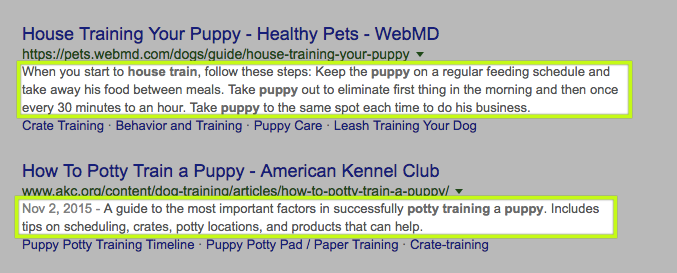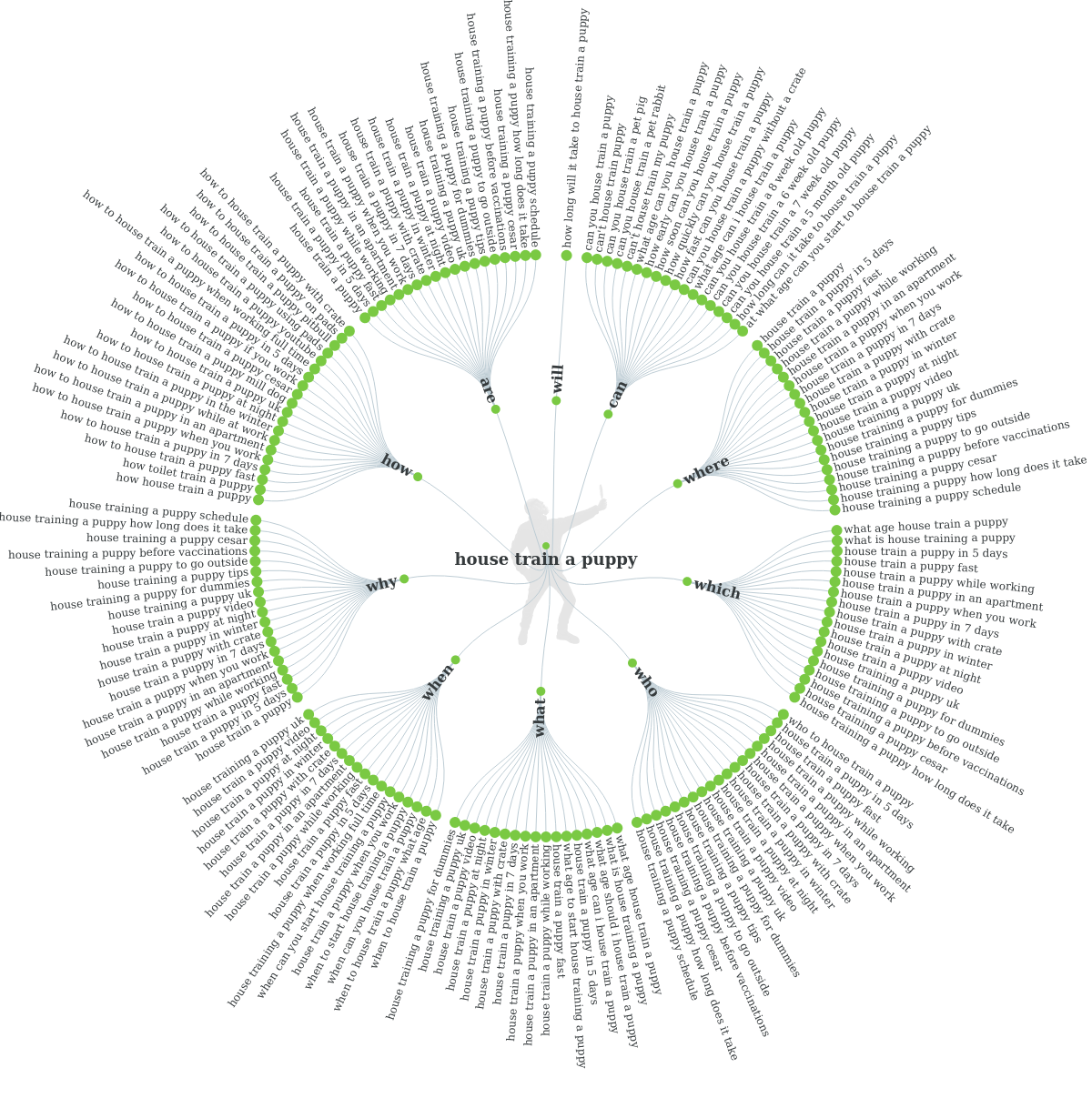If there was one thing that was going to guarantee whether your business survived and thrived or tanked, that one ultimate secret would be copywriting.
Particularly copywriting from a search engine optimization (SEO) perspective, which will help fuel how many people find your article, How likely they are to share it, How likely they are to take actions after reading it, and more.
The internet is full of words. terabytes and petabytes and whatever comes beyond those full of words being added every single day.
Google and the other search engines crawl and crawl and crawl with their little Bots trying to understand what new content is being put out there, and where it fits into the ultimate big picture online.
Here are eight magical ingredients that if you pepper into your existing copy, that will boost incredibly the overall results that you have, how people find you, How likely they are to share your content, and more.
First let's talk about what SEO copywriting is, because it is a skill that will boost your search rankings and drive your readers to take action. And what's really cool is some of this is definitely applicable to non written content, like video and audio that you might produce from your written content.
In the era of Google RankBrain and the smarter algorithm you can't simply write something and hope that it goes up to page one, your content, if it shows up in the first place of the search results but doesn't engage anybody, doesn't really do anything for you. And in fact, Google can usually see if it's not doing anything for the readers, and it will go ahead and drop you down viewing you as less relevant. If you want to stand out from your competition, if you want to rank higher and secure that high-ranking, do you need to engage in the art of SEO copywriting.
And SEO optimized piece of content will always be stronger and perform better and engaging audience in a more productive way than a non-SEO optimized piece of copy.
Searchers are naturally inclined to click through to the top you results on page one of Google, and if you can get into that spot you want to get them engaged and interacting with your site because Google sees that and sees that you are a valuable asset to them.
Being at the top of page one is important because most people searching are searching for solution, and if you could present that solution to them in a way that makes sense, they will be likely to get that solution from you, even if it means becoming a customer or a client. So your content needs to have the information that they want as well as an emotional hook that resonates with them and if you can do that you're likely to win.
The first tip is that you need to understand who your audience is Many business owners assume that they know who their ideal demographic is, but in reality very few of them actually do. You have to know the needs and the pain points of your prospective customers and clients, and the better you get it that the more human you become.
Demographic data and can be readily available and found through sites like Facebook, Alexa, and more. Try searching for the phrases that you want to be found for end see what shows up on page one of Google. See what answers are being given, read the comments and see what additional questions are being asked, and then you got the groundwork to answer those questions.
You can also survey your current customers and see what kind of questions they have. Ask him questions like what problem your service or product help them solve, the thing they like the most about your product or service, the thing that they would fix or change about your product and service, their biggest challenges regarding what they use your product or service for, Etc.
Surveys should be short, able to be answered in just a few questions generally unless you're incentivizing them with a gift card or something like that.
There are also tons of websites you can use to start digging through this kind of data, like Yahoo answers, Quora, and answerthepublic.com.
Second, you need to start with a very powerful headline.
This is just a pure truism that comes to copywriting, the purpose of the headline is designed to entice the reader to read the first sentence of your work. And of course, the first sentence of your work is designed to get them to read the next sentence of your work. And before you know it they read the first paragraph which is told them why they need to keep reading.
You can put hours and hours even weeks of time into writing an article, and if your headline sucks and doesn't draw people in, your content will be viewed only by the digital crickets. Take your head line very seriously because again it is the first element that people see, it's the hook that gets them to read. A powerful headline combined with a mediocre article will almost always perform better than a powerful article combined with a very bland headline.
One of my favorite tools for this is Sumo’s Kick@$$ Headline Generator
Third, you need to write an effective meta description.
Google has stated and various entities that study Google have verified that Google does not include the meta description as part of its ranking factors, however it does play a role in your rankings when it's used correctly because the meta description determines what people see about your article in the search engine results.
It shows up as s 160 characters snippet of gray text beneath the blue title and green URL of your search result.

It's what the Searchers will scan and usually make a decision on whether they want to click or not, and is almost as important as the headline itself, which shows up in that blue text. In 160 characters you need to summarize exactly what your readers will get by clicking and reading. Don't spend 3 hours riding a piece of content and then refuse to spend 3 minutes perfecting this.
Fourth, you need to speak in the active voice, not the passive voice. This is something I am very guilty of. Microsoft Word always gives me the little green squiggles under my writing when it wants to suggest a grammar switch.
But generally speaking, the reason you want to do this is that it is more engaging to your readers. It also encourages brevity. It forces your copy to become more persuasive, it forces you 2 speak or write in a terse fashion, one which encourages a reader to be able to visualize themselves inside of your content.
Active voice would sound like, “ Justin optimized his article for search engine readability.” Passive voice would sound like. “ the article was optimized for search engine readability by Justin.”
There are plugins like Yoast for WordPress and Grammarly that will check for these sorts of things.
Fifth, you need to call to action. You need to give you a readers something to do. Your blog post even if it's long-form copy that goes on for 1,500 words to 5000 words, is still essentially a landing page, and at the end of that landing page, your reader needs to be asked to do something.
If a reader gets to the end of your article and loves what you've done so far, then that is your ideal Target, and you need to capitalize on their reading your content right now. Offer them a free consultation, a free report, a free download, or something that entices them to become a part of your funnel. This is one of those 3-minute actions that people often avoid doing, like editing the meta description, that ultimately sabotage everything you're doing.
Your call-to-action generally should stand out and grab your attention, using bright colors and buttons, even occasionally animations, then courage people to click.
Of course, if you don't have something to sell in that particular piece of content, end with a call to share. Be sure that you have sharing buttons available on your page, at the bottom and top of your article, or on the side using a plug-in like sumo. And don't be afraid to include a call to action Midway through your content. It doesn't have to come only at the end. In fact I can come after the opening paragraph.
Number 6 and number 7 are related, and they come down to how you link. You should never forget to include an internal link as part of what you're doing in your search engine optimization. That's a link that simply link to somewhere else on your web page. You already have some of them on your page most likely, because you probably have a menu above the top that link to your homepage, your blog, and maybe some other sales content.
Here are an internal link AND a call to action: Want to rank higher faster, and have one of the most highly reviewed SEO experts personally audit your site? Then fill out our discovery form here.
But internal links can definitely add SEO value to what it is you're doing online and enhancer reader's experience because they allow your content to be crawled by search engines like Google, and you can even use contextual anchor text that literally tells Google what the pager linking to is about.
It also makes your site overall more navigable, and core suggest other content that your readers might want to check out, content that as they consume further encourage them to be you as an expert.
Always set internal links as "do follow" links.
But you also want to include external links, these are links out to other resources. And the reason you want to do this is because it makes you look real and authentic. Every time you link to a new piece of content or new website, you are not helping that Google to understand semantically what you are all about. Who link to you is an important part of search engine optimization, but so is who you link out too, and the smarter the algorithm gets, the more important I suspected that's going to be.
Obviously, you only want to link to sites that public high quality content. You definitely don't want to link to sites that sell discount generic drugs from Russia.
Essentially Down, you're doing the form of content curation and if you are the one who introduces people to a very valuable resource, they'll remember that it was from you. As you lift other people up on the Internet, very often you will get lift it up.
Lastly, number 8, you need to take advantage of latent semantic indexing keywords. This is often abbreviated as LSI keywords, and essentially these are keywords and phrases that are related to what your article is all about.
The easiest way to cheat and see what Google thinks are LSI related keywords is to Simply go into Google and do a search. Scroll down to the bottom of page 1 and you'll see a bunch of links, which are essentially internal links for Google, to different but related searches:

Another way to find a bunch of related terms is to use answerthepublic.com, And I mean a bunch!

I want you to be able to be found, I want you to be able to get the traffic that your articles deserve, and I want that traffic to convert into new customers or new clients. These tips, when utilized well, will help you to meet the standard best practices for search engines, but also for engaging your audience.
Understand who it is that you are riding 4, understand the related topics, including the LSI keywords, and make sure you put those in your headline and your meta description. don't be stingy with sharing great content, even if it links off of your site, but don't forget to link on your site as well, particularly to a call to action that encourages them to take the next step and become a client, a customer, or at least a lead who's more engaged with you.
Of course, if you found this list of 8 search engine optimization copywriting techniques helpful, do me a favor and share this post with your friends, and of course don't be afraid to express your thoughts.
